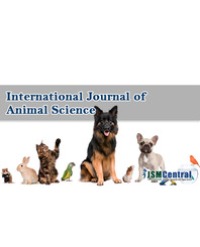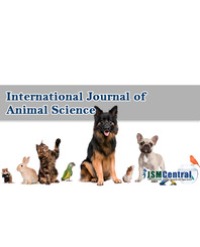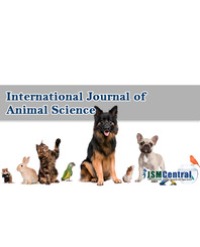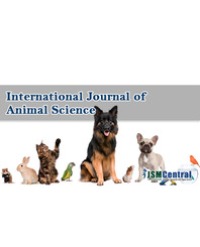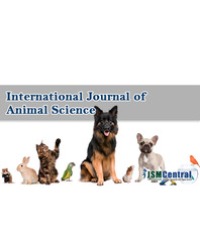
Molecular Comparison of Egyptian and Saudi Local Chickens using RAPD Markers
This study aimed at comparing the genetic variation levels of two Egyptian (Fayoumi and Dandrawi) and two Saudi chicken lines (Hajar1 and Hajar2), with commercial broiler and layer chicken breeds. RAPD-PCR analysis, using 15 random primers, was used. 10 primers only were subjected to data analysis due to their productivity. The total number of amplified bands was 3967 on 123 loci. The percentage of polymorphic loci was averaged 34.56% and was the highest in Fayoumi, Dandrawi and layer (37.4%) and the lowest in broilers (26%). The average number of detected alleles was 1.173. However, the effective number of alleles averaged 1.238. The average of within-breed genetic variability estimates ranged between 0.135 in broilers to 0.229 in Fayoumi chickens. The Analysis of Molecular Variance (AMOVA) indicated that the six breeds were significantly different from each other. The phylogenic analysis revealed that the two Saudi breeds were too close to each other, although they are not in the same cluster. Also, all local breeds were close to the meat-type than the egg-type commercial breed.
Helal M¹* and Ahmed AS¹,²

